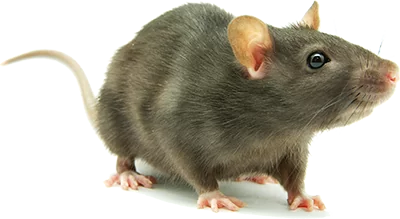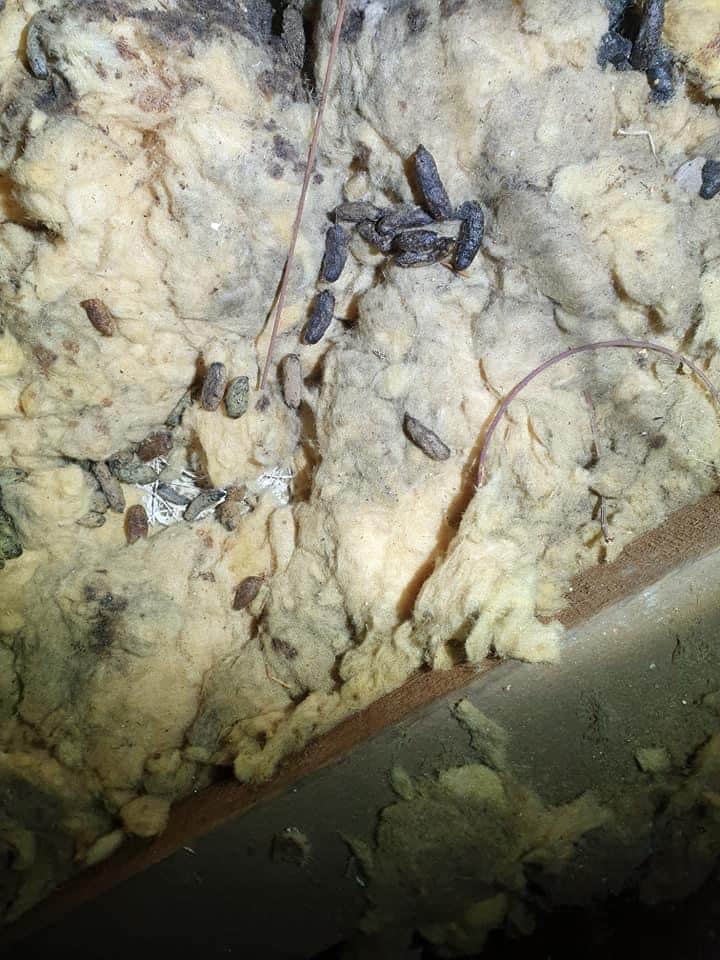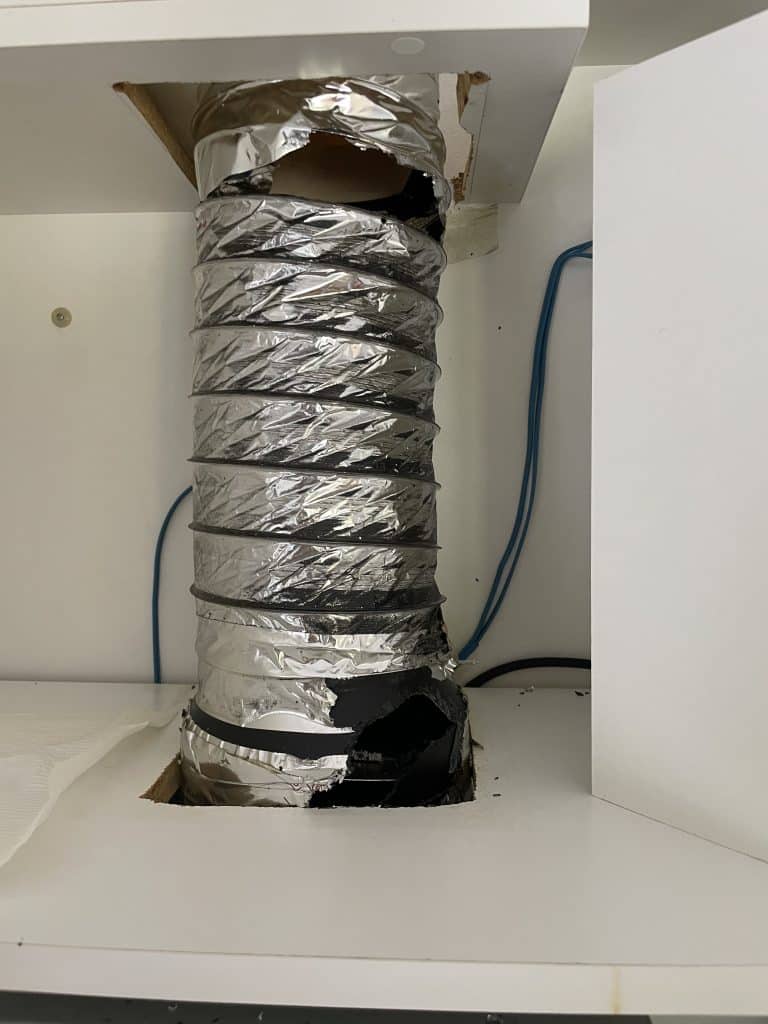
10 Signs of a Rat Infestation in Your Home
Rat infestations are a pervasive problem in homes worldwide. These unwanted guests can cause structural damage and pose serious health risks. Early detection and intervention are essential in preventing an infestation from spiralling out of control. This article will discuss ten signs of a rat infestation and what you can do about it.

Droppings
A telltale sign of a rat infestation is the presence of droppings. Rat droppings are small, dark, and cylindrical, typically measuring about 1/4 to 1/2 inches long. Common locations for droppings include kitchen cabinets, behind appliances, and attic spaces. Rat feces harbour bacteria and viruses that can cause diseases such as salmonella and hantavirus, making their presence a health hazard.
Do you suspect that there may be rats present?
Nesting Materials
Rats build nests using materials like shredded paper, fabric, and insulation. Common nesting locations include wall cavities, attics, and cluttered storage areas. To identify a rat nest, look for an accumulation of materials with a distinct odour, often accompanied by droppings and urine stains.
Foul Odors
An unpleasant, musky odour is indicative of a rat infestation. This smell results from urine, feces, and the decomposition of dead rodents. Sniff around your home, paying close attention to areas with poor ventilation to locate the source of the odour.
Noises
Rats are nocturnal creatures, so you may hear scurrying, scratching, or gnawing sounds at night. These noises are likely to emanate from walls, ceilings, or floors. To distinguish rat noises from other pests, listen for rats’ heavier, slower movement compared to the lighter, faster movement of mice or insects.
Gnaw Marks
Rats chew on various materials, including wood, insulation, and wires. Fresh gnaw marks appear lighter in colour and can be distinguished from older ones that are darker and worn. Gnawing can lead to property damage, such as weakened support structures or exposed electrical wiring, posing a fire hazard.

Tracks and Runways
Rats leave behind tracks and runways, visible as smudge marks, footprints, or tail drag marks. Check for these signs in dusty or less-travelled areas, such as attics or basements. Fresh tracks will be clear and well-defined, while older ones may be faint or partially obscured.
Grease Marks
Rats have oily fur, which can leave grease marks on surfaces they frequent. Look for these marks along walls, baseboards, and other pathways. Regular cleaning and sealing wall gaps can help prevent rats from leaving marks and gaining access to your home.
Pet Behavior Changes
Pets, especially cats and dogs, may exhibit changes in behaviour if rats are present. They may become more agitated, restless, or focused on specific areas where rats hide. Keep an eye on your pets and ensure their safety by preventing access to rodent poison or trapped rats.
Damaged Food Packages
Rats are attracted to various food items and can gnaw through packaging to access them. Inspect your pantry for signs of damage, such as holes or tears in packages. Store food in airtight containers made of glass or thick plastic to deter rats from accessing it.
